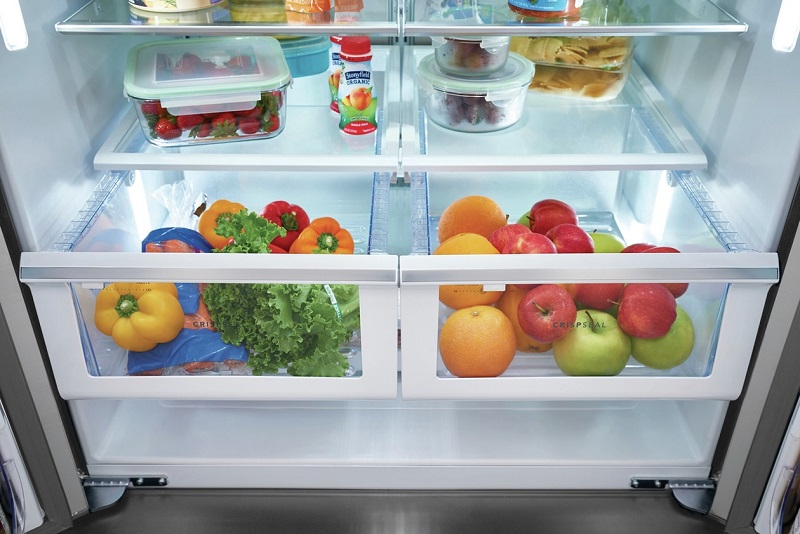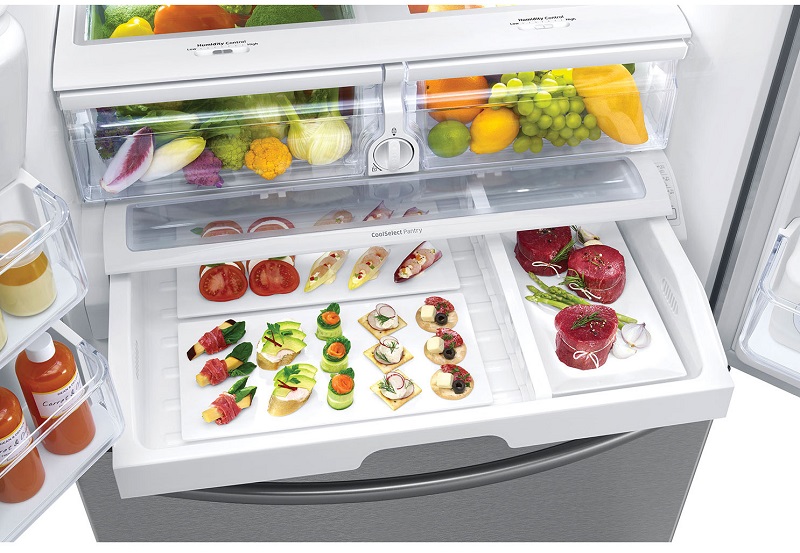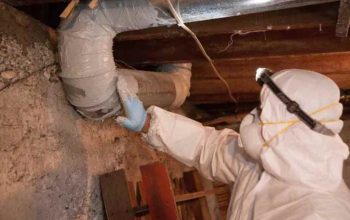Is your fridge not cooling as it should? A warm fridge can cause concern, as it can lead to spoiled food and disruption in your daily routine. Fortunately, there are several steps you can take to diagnose and fix the issue. In this article, we will explore the best way to fix a warm fridge, providing you with practical solutions and expert tips to get your refrigerator back to its optimal cooling performance.
Check the Power Supply
Verify the Power Source
To start troubleshooting, make sure your refrigerator is properly connected to a power source. Check if the power cord is securely plugged into the electrical outlet and ensure that there is the power supply to the outlet itself. Try plugging in another appliance to the same outlet to confirm if it’s functioning correctly. Find out how do you fix a warm fridge and cold freezer.
Inspect the Circuit Breaker
If the power source seems fine, check the circuit breaker or fuse box that controls the outlet. Sometimes, a tripped circuit breaker or a blown fuse can be the reason behind a non-functioning fridge. Reset the breaker or replace the fuse if necessary.
Adjust the Temperature Settings
Verify the Thermostat Settings
The next step is to examine the temperature settings on your refrigerator. Make sure the thermostat is set to a suitable cooling temperature, typically between 36 and 40 degrees Fahrenheit (2 to 4 degrees Celsius). If the setting is too high, adjust it accordingly and allow some time for the fridge to reach the desired temperature.
Avoid Overloading
Overloading your fridge with food can obstruct proper airflow, resulting in inadequate cooling. Take a moment to rearrange items inside the refrigerator, ensuring there is enough space for air circulation. Additionally, check if the vents inside the fridge are not blocked by food or containers.
Clean the Condenser Coils
Locate the Condenser Coils
The condenser coils are responsible for dissipating heat from the refrigerator. Over time, these coils can accumulate dust and debris, hindering their performance and causing the fridge to warm up. Locate the coils, which are typically found at the back of the fridge or beneath it.
Unplug and Vacuum
Before cleaning the coils, unplug the refrigerator from the power source. Use a vacuum cleaner with a brush attachment to gently remove the dirt and debris from the coils. Be thorough in your cleaning to ensure optimal heat dissipation.
Check the Door Seals
Inspect the Door Gaskets
Faulty door gaskets or seals can lead to warm air entering the fridge, resulting in inadequate cooling. Carefully inspect the door gaskets for any signs of damage or wear. If you notice cracks, tears, or gaps, it’s time to replace the seals.
Clean the Seals
In some cases, the door seals may not be damaged but could have accumulated dirt or food particles. Clean the gaskets using a mild detergent and warm water. Ensure they are completely dry before reattaching them to the fridge.
Call a Professional
If you have followed the previous steps and your fridge is still not cooling properly, it may be time to seek professional help. Refrigerators are complex appliances, and certain issues require the expertise of a trained technician. Contact the manufacturer’s customer support or a reputable appliance repair service to schedule a service call.
Conclusion
A warm fridge can be a frustrating problem, but by following these steps, you can often resolve the issue and restore proper cooling. Start by checking the power supply and adjusting the temperature settings. Clean the condenser coils and inspect the door seals for any damage. If all else fails, don’t hesitate to seek professional assistance. Remember, regular maintenance and cleaning can prevent many cooling problems in the future, so it’s essential to take care of your refrigerator.
Frequently Asked Questions
- How often should I clean the condenser coils?
It is recommended to clean the condenser coils at least once or twice a year to ensure optimal performance and energy efficiency.
- Can a warm fridge cause food poisoning?
Yes, a warm fridge can lead to food spoilage and increase the risk of foodborne illnesses. It’s crucial to address cooling issues promptly to maintain food safety.
- How can I prevent door gasket damage?
To prevent damage to the door gaskets, avoid pulling or tugging excessively when opening the refrigerator doors. Also, regularly clean and inspect the seals for any signs of wear.
- Are there any quick fixes for a warm fridge?
While some cooling issues can be resolved with simple troubleshooting steps, it’s best to follow a systematic approach. Quick fixes may provide temporary relief but may not address the underlying problem.
- How long does it take for a fridge to cool down after fixing the issue?
After resolving the cooling problem, it may take a few hours for the refrigerator to reach the desired temperature. Monitor the fridge closely during this period to ensure proper cooling.








